begin quote from:
https://www.cnn.com/2024/01/08/world/peregrine-lunar-lander-anomaly-astrobotic-nasa-scn/index.html
Historic moon landing mission is in jeopardy after ‘anomaly’ in space
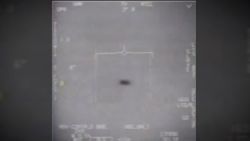


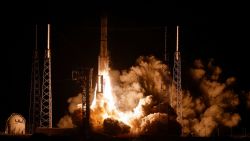


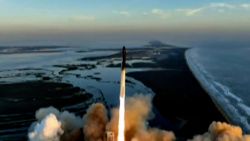

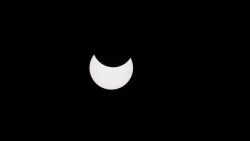


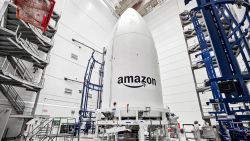

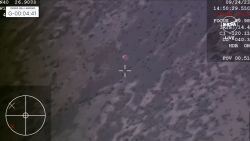
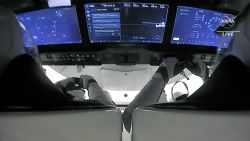






Just hours after launching from Florida toward the moon early Monday morning, the first US lunar lander to take off in five decades is in jeopardy.
Astrobotic Technology, the commercial company that developed the Peregrine lunar lander, posted on social media that the company was initially able to make contact with the vehicle after its 2:18 a.m. ET launch, but then the mission hit a snag.
“Unfortunately, an anomaly then occurred, which prevented Astrobotic from achieving a stable sun-pointing orientation,” the company posted on X at 9:37 a.m. ET. “The team is responding in real time as the situation unfolds and will be providing updates as data is obtained and analyzed.”
A sun-facing position is typically necessary to provide solar power for charging a spacecraft’s batteries.
In an update issued later Monday morning, Astrobotic added that it believes the likely cause of the problem “is a propulsion anomaly that, if proven true, threatens the ability of the spacecraft to soft land on the Moon.”
Mission controllers “developed and executed an improvised maneuver to reorient the solar panels toward the Sun,” according to the company. “Shortly after this maneuver, the spacecraft entered an expected period of communication loss. We will provide more updates as Peregrine comes in view of the ground station again.”
Representatives for Astrobotic did not immediately respond to a request for additional information.
The lunar lander, called Peregrine after the fastest bird in the world, appeared to have a wholly successful first leg of its trip after lifting off atop a Vulcan Centaur rocket developed by the joint Lockheed Martin and Boeing venture United Launch Alliance.
It was the first ever flight of a Vulcan Centaur rocket, a new vehicle from ULA designed to replace its older lineup of rockets.
The company confirmed just after 3 a.m. ET that the Vulcan Centaur performed as expected, delivering the Peregrine lunar lander into a trans-lunar injection orbit, according to ULA. That involves a precisely timed engine burn that pushed the Peregrine lander onto a path in Earth’ orbit that should allow it to sync up with the moon some 384,400 kilometers (238,855 miles) away.
The Peregrine lander was then expected to fire up its own onboard thrusters, using up to three maneuvers to pinpoint its path.
In a statement, Astrobotic said only that Peregrine successfully began communicating with NASA’s Deep Space Network, activated its avionics systems, and “the thermal, propulsion, and power controllers, all powered on and performed as expected.”
“After successful propulsion systems activation, Peregrine entered a safe operational state,” the company said.
It was after that, however, that the Peregrine lander experienced the “anomaly” — an aerospace industry term referring to an aspect of a mission that is abnormal or not as planned.
“As the team fights to troubleshoot the issue, the spacecraft battery is reaching operationally low levels,” Astrobotic said in a statement.
Peregrine mission stakes
Pittsburgh-based company Astrobotic Technology developed Peregrine under a $108 million contract with NASA. The vehicle was designed from the outset to be relatively cheap — aiming to fulfill NASA’s vision to reduce the cost of putting a robotic lander on the moon by asking the private sector to compete for such contracts.
Astrobotic CEO John Thornton told CNN on January 2 that he viewed this first launch as a test mission.
“This really is like a 50-50 shots on goal kind of an approach — where it’s really more about the industry succeeding, not any specific one mission,” Thornton said.
Still, if the lander fails, it could be a major loss for Astrobotic, NASA and other countries and institutions with payloads aboard the Peregrine lander.
A loss of the lander so early in the mission would mean that Astrobotic is not able to test the vehicle’s ability to land on the lunar surface. The vehicle was slated to attempt to touch down on the moon on February 23.
On board the Peregrine vehicle are five scientific instruments from NASA and 15 other payloads from a variety of organizations and countries. The commercial payloads on the lander include mementos and even human remains that paying customers had paid to fly to the lunar surface.

No comments:
Post a Comment